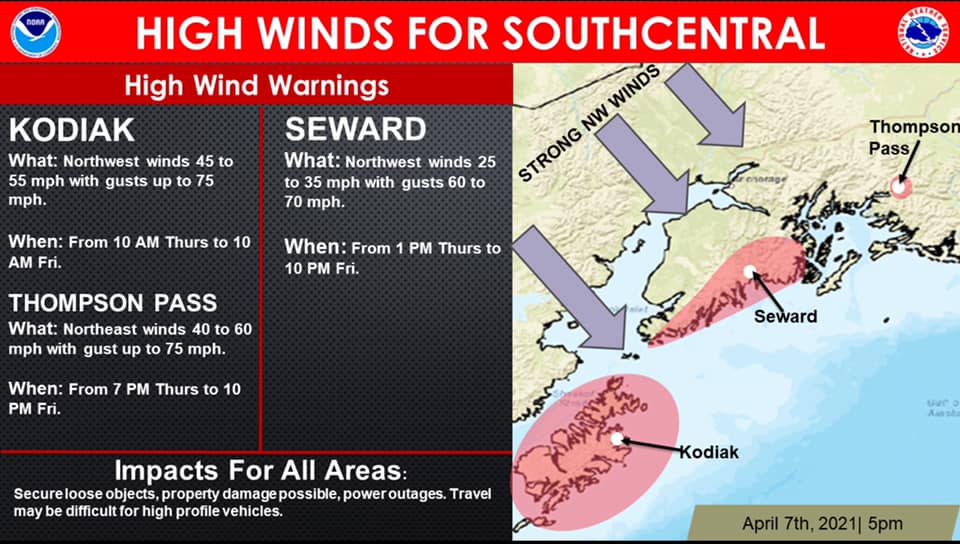Turnagain Pass
|
|
The avalanche danger will rise to CONSIDERABLE above 1000′. Increasing NW winds today, combined with a little bit of new snow, will make triggering a wind slab in mid and upper elevation terrain likely. These may step down to buried weak layers, creating a larger avalanche. Natural avalanches and cornice falls will be possible. Pay attention to changing conditions. Watch for blowing snow, shooting cracks and recent avalanches. Cautious route-finding and conservative decision-making are essential.
PORTAGE VALLEY and PLACER VALLEY: There is potential for avalanche debris, from a slide occurring above, to run to low elevation terrain. Avoiding gullies and runout zones is recommended. This is not a good afternoon to hike to Byron Glacier.
SUMMIT LAKE/SNUG HARBOR/LOST LAKE/SEWARD: The northwest winds are forecast to be strongest in these areas. Watch for blowing snow, signs of instability and pay careful attention to terrain selection. As winds increase natural avalanches will become likely.
The National Weather Service has issued a High Wind Warning in effect from 1 pm today to 10 pm Friday.
Hatcher Pass: The road to Hatcher Pass remains closed at MP10. For updates go to AK 511 and follow AKDOT&PF on social media. Click HERE for an ADN article about the closure. For the Hatcher Pass Thursday Conditions Summary go to hpavalanche.org.

